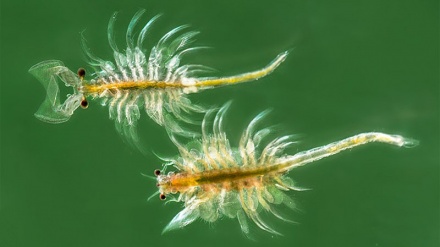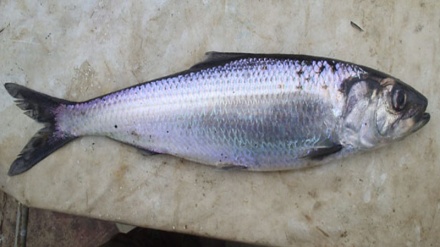Iran’s rare animal and plant species (33)
Welcome to this week’s episode of the series Iran’s rare animal and plant species. Roughly 12,000 plant species have been identified in Iran. More than 15% of these plant species can only be found in Iran. Fritillaria is one of these unique plant species. Unfortunately, this valuable plant is currently on the verge of extinction.
Fritillaria is a bulbous, herbaceous plant which usually grows at +1,500 meters altitudes, across the rocky foothills. Sixty different species of this plant have been identified, worldwide, fifteen of which belong to Iran, and naturally grow in this region of the world. This flower grows up to 120 centimeters above the ground.
This plant is highly resistant against cold, and especially adapts to weather conditions across rocky foothills. The plant maintains large bellflowers in red color, and is considered as a valuable heritage for Iran’s nature. This rare and beautiful flower has been mentioned in Iran’s historical accounts. The paintings of this plant are evident on the pillar capitals remaining from the Sassanid era monuments such as the historical monument named Bustan Arch, located in the city of Kermanshah in western Iran.
Fritillaria was initially taken from Iran to Austria by a European tourist in the year 1576 AD, and was cultivated within the orchards belonging to the wealthy European royal families. Its cultivation became prevalent in Netherlands as of the 19th Century AD. Currently this plant is widely cultivated within European orchards and parks.
This plant starts to blossom as of early spring in the northern regions of Zagros mountains in Western Iran, while blossoming in southern regions in mid-summer. The plant’s lifespan is very short. The flowering of this plant begins as of mid-April and stops at the end of rainfall season. This plant revives in early fall, after a short period of time, following the dryness of its aboveground organs. The short lifespan and rarity of this plant has led to naming it as the jewel of Iran’s nature.
The bulb of this plant seems like an inflamed, meaty gland, which maintains a large volume of starch and a number of medicinal agents. For more than 2,000 years, this plant has been used as an expectorant in Chinese traditional medicine. This flower is helpful for containment of aggregation of blood platelets, and treatment of ailments such as sore throat, coughing, asthma, bronchitis, tuberculosis, neck’s lymph glands, and dysuria. The bulb of this plant is also consumed as a sedative. Meanwhile, the consumption of this plant should take place under the supervision of a physician.
According to botanists, this valuable plant is unfortunately on the verge of extinction in Iran due to uncontrolled removal of its flowers and bulbs; destruction of its habitats in order to transform these habitats into farmlands; and irregular and excessive grazing of livestock. This plant, which swiftly loses its aboveground organs, does not maintain a sufficient food supply. Thus, the next year’s flowers do not maintain an appropriate quality. If this destructive trend continues for a number of consecutive years, the plant will not have a natural flowering. Hence, as of twenty years ago, the Islamic Republic of Iran Environment Protection Organization has taken measures for protection of this plant.
MR/MG


